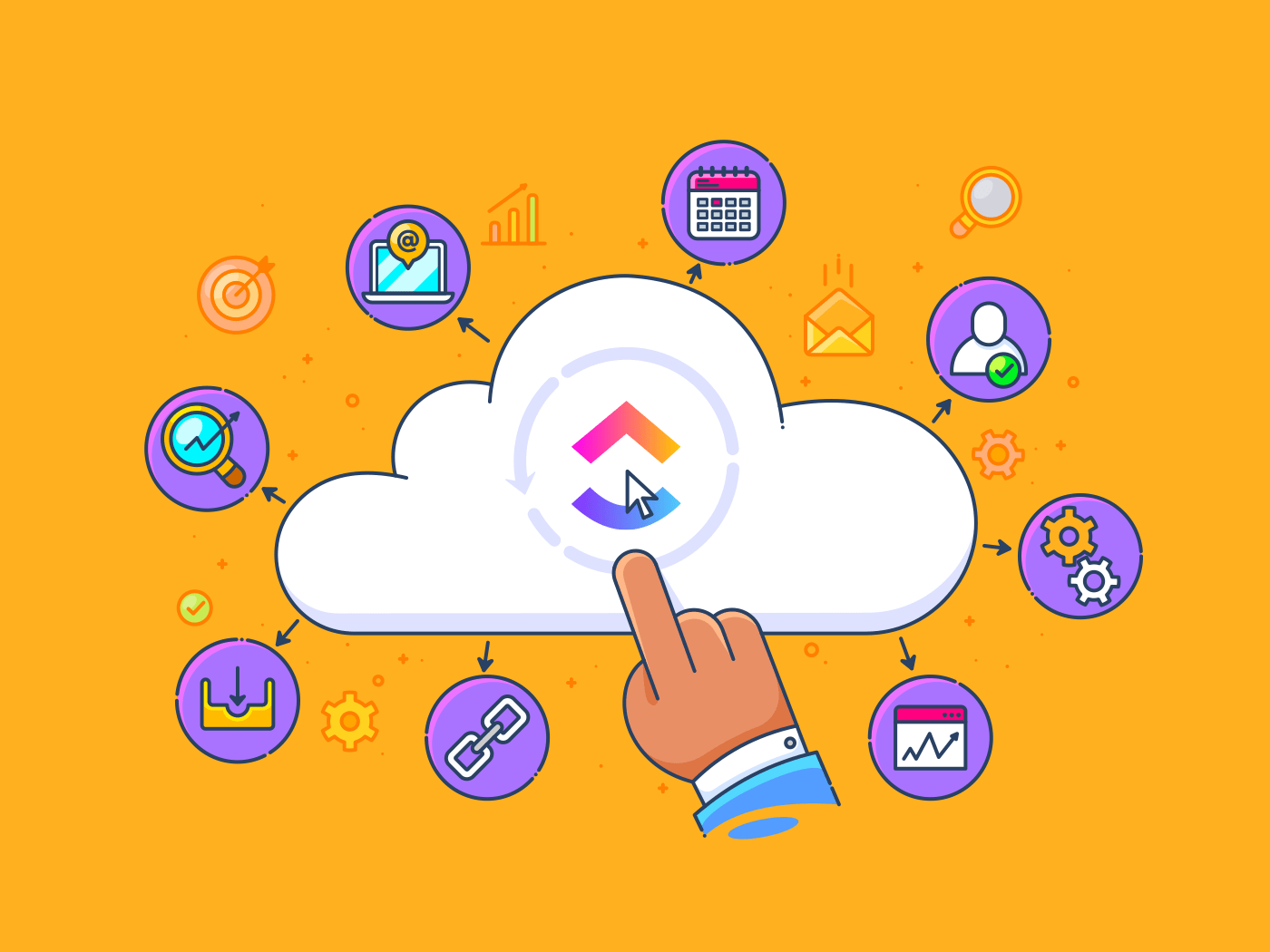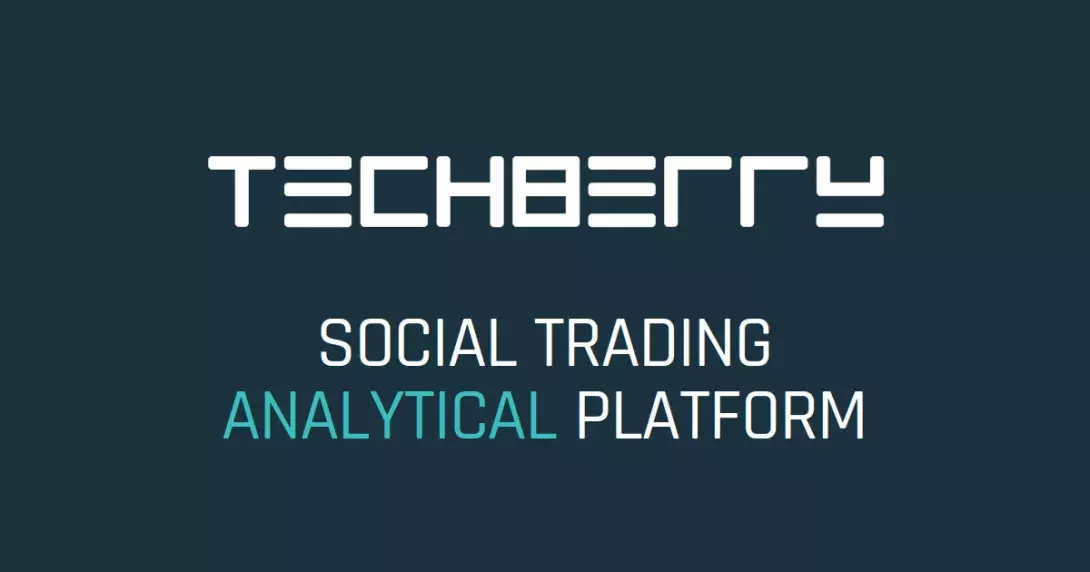How Trade Finance Automation Can Help Businesses Save Time And Money?
Trade finance has long stood as the sturdy bridge connecting businesses across borders, ensuring that goods, payments, and documents exchange hands securely and punctually.
With its roots deeply embedded in traditional, often manual and paper-heavy operations, it has been an arena begging for innovation. Enter the era of automation in trade finance – a trend that’s not just a fleeting wave but an evolving ocean, redefining how businesses manage international trade.
Amidst the dynamic shifts in the global business environment, understanding and embracing this transformative journey from paper to pixels is no longer an option; it’s a strategic necessity for businesses to stay buoyant and thrive.
Introduction to Automation in Trade Finance
Step into a world where the complex, often labyrinthine processes of global trading are streamlined like never before, thanks to the superstar trade finance automation system.
What Is Trade Finance Automation System All About?
A well-made trade finance automation system provides a smooth, digital alternative if you are constantly buried under a sea of paperwork or trailing behind transactions. It’s akin to having an ultra-efficient assistant, ensuring every transaction isn’t just timely and impeccably accurate.
- It Isn’t Magic, It’s Cutting-Edge Technology!
- Artificial Intelligence (AI): The brains of the operation, making smart decisions and predictive moves.
- Blockchain: A solid, transparent trail of transactions ensuring everything is secure and above board.
- Internet of Things (IoT): Enabling devices to chat with each other, transferring data in a flash, and ensuring everything’s connected and synchronized.
Adopting trade finance automation isn’t merely a technological shift. It’s about unlocking new potentials, paving the way for a future where international trade is expedited and made safer and far more efficient.
Key Benefits of Automating Trade Finance
- Time Efficiency
The trade finance automation system reduces the long hours spent processing and managing operations. Simply put, it gives businesses the invaluable asset of time, allowing them to focus on flourishing rather than merely functioning.
- Cost Savings
Here’s a thought: What if you could cut down on those nerve-wracking operational costs?
The trade finance automation system meticulously minimizes manual efforts and the errors bundled with them. It’s like putting your money where needed, avoiding unnecessary splurges, and saving those extra bucks!
- Risk Mitigation
Working in international trade often means sidestepping risks, and here’s where the trade finance automation system plays the role of a reliable dance partner. It strengthens the security walls, ensuring the money moves safely and that every transaction is sealed with an extra layer of trust and confidence.
- Enhanced Accuracy and Compliance
The path of global trading is often entwined with regulatory hurdles and the necessity for pinpoint accuracy.
- Improved Customer Experience
Automation streamlines the customer experience by providing a self-service portal. This enables businesses to apply for trade finance products, track transactions, and manage their accounts efficiently.
- Increased Global Trade Volume and Growth
Automation in trade finance facilitates smoother and more efficient trade flows. Businesses can then engage in international trade more readily. This leads to increased global trade volume and economic growth.
- Improved Compliance and Regulatory Adherence
Automated systems can incorporate compliance checks and ensure that trade transactions adhere to all applicable regulations and standards. This helps businesses and banks avoid legal and financial penalties.
- Competitive Advantage and Market Differentiation
Adopting automation in trade finance gives businesses and banks a competitive edge by enabling them to process transactions faster, reduce costs, and offer superior customer service. This results in increased market share and improved brand reputation.
The trade finance automation system ensures that every ‘i’ is dotted and ‘t’ is crossed, meeting regulatory standards while ensuring every bit of data is as accurate as can be, smoothly navigating through the intricate tapestry of compliance and accuracy.
Potential Challenges and Solutions in Implementing Automation
Going digital and using a trade finance automation system sounds excellent, but it’s not always smooth sailing.
Let’s break down some common hurdles businesses might face when stepping into automation and consider how to overcome them.
Challenge 1: Getting Everyone Onboard – Sometimes, people don’t like change.
- Solution: Ensure everyone gets good training and plenty of heads-up before changes happen. Make learning fun and easy!
Challenge 2: Making Old and New Systems Work Together – Merging a new system with old ones can cause some headaches.
- Solution: Bring it in bit by bit instead of all at once, and get an IT expert to help.
Challenge 3: Keeping Data Safe – When we move things online, keeping info safe is a big deal.
- Solution: Ensure strong security is in place and let everyone know their data is protected.
Challenge 4: Handling the Price Tag – Starting with an automated system can be pricey.
- Solution: Look at how it will save money in the long run, and check if there are payment plans or options to make it easier on the wallet.
Challenge 5: Choosing The Right Technology – Picking the right automation tools for specific trade finance processes can be tricky
- Solution: Before choosing automation tools, consider their features, capabilities, and ability to integrate with existing systems.
Challenge 6: Monitoring and improvement – Automation needs constant monitoring and maintenance to work well and adjust to changing needs.
- Solution: Regularly check and improve automated trade finance processes to make sure they are working well and adapting to changing needs.
Adopting a trade finance automation system can be a journey with a few bumps, but it’s doable and worth it with the right moves!
What’s Next in the World of Trade Finance Automation?
The trade finance automation system is a new super tool for businesses, but we’re just starting. The future holds so many possibilities, and here’s a quick peek at what might be coming our way!
- Smarter Technologies: We’ve already got cool tech, but think about it getting even smarter. Imagine systems learning and making decisions independently to make trade finance even slicker.
- Global Networks: Connecting businesses across the world more tightly. The future might see us all trading and managing finances on unified platforms, making things more connected and global.
- Even More Security: Keeping our data safe is vital, and the future might bring even more secure and robust systems to protect our trades and financial data.
- Easier Use: Systems might become more user-friendly, making it easier for everyone (even those not so tech-savvy) to get involved and manage things smoothly.
- Sustainable Trade Finance: Artificial Intelligence and Machine Learning will enable the identification and assessment of environmental, social, and governance (ESG) factors in trade transactions, encouraging businesses to adopt sustainable practices.
- Growth of SMEs: Automation will democratize access to trade finance, particularly for SMEs, who often face challenges in obtaining traditional financing. AI-powered solutions will simplify trade finance processes, reduce paperwork, and provide SMEs with the necessary tools to engage in international trade.
Trade finance automation systems have already changed the game. Still, thinking about how much more can come from future innovations and tech developments is exciting.
We’re looking at a future where trade across borders might be as easy as a click of a button!
In Conclusion:
Embracing the trade finance automation system is like opening the door to a world where your business operations are smoother, faster, and more accessible. Let’s make the most of technology, ensuring our trades are efficient and secure. Your journey towards a seamless trading future starts with that first step – why wait?


